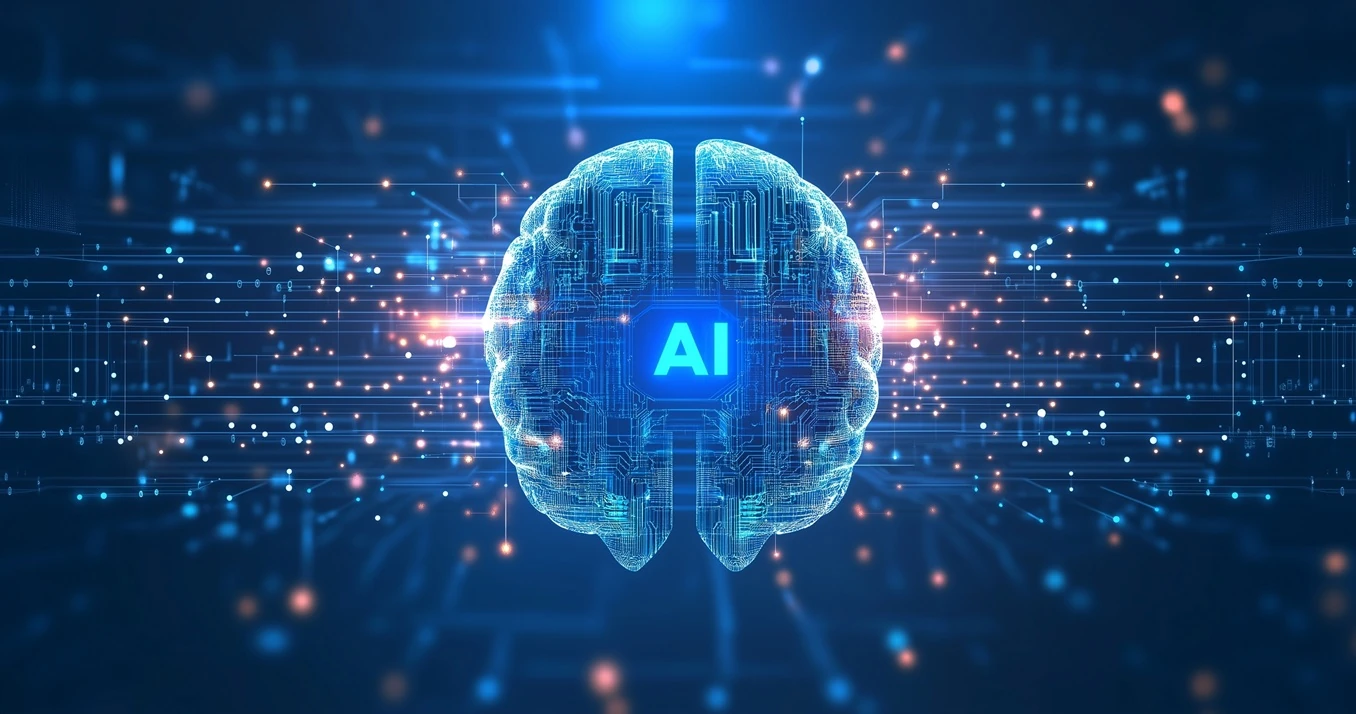Discovering Claude 4: Anthropic’s Next-Gen AI Revolution
Estimated reading time: 16 minutes
Table of Contents
- Introduction to Claude 4
- Key Features and Innovations
- Evolution from Previous Models
- Uses and Industry Applications
- Pricing and Access Models
- Ethical AI and Safety
- Community and Ecosystem
- Looking Ahead: The Future of Claude
- Claude 4 vs OpenAI GPT Models
- Conclusion
Introduction to Claude 4
In May 2025, Anthropic launched Claude 4—the latest leap in their family of large language models (LLMs). Marking a significant milestone, Claude 4 comprises two primary AI engines: Claude Opus 4, the powerhouse designed for complex, multi-step tasks, and Claude Sonnet 4, a balanced model that advances the precision and speed of its predecessors. These AI engines combine near-instantaneous responses with extended reasoning capabilities that enable in-depth problem-solving and nuanced analysis.
Claude 4 models are not just iterative improvements; they are designed as hybrid reasoning systems capable of longer context retention and sophisticated tool use. This positions them to unlock new possibilities across industries—from software development and data research to customer service and creative content generation.
Key Features and Innovations of Claude 4
Hybrid Reasoning: Fast and Deep Thinking
Claude 4 features a unique hybrid reasoning mode that allows the user or developer to choose whether the model should respond instantly or engage in extended “thinking.” This approach lets the model tackle more complex workflows by seamlessly integrating step-by-step reasoning with parallel tool usage.
Massive Context Windows for Long-form Work
Supporting context windows of around 200,000 tokens (over 150,000 words), Claude 4 can process and remember large volumes of data within a single session. This strength is critical for applications involving long documents, persistent conversations, and multi-file code refactoring.
Advanced Coding Tools and Integrations
Complementing Claude Opus 4 and Sonnet 4 is Claude Code, a developer-focused tool that integrates with popular coding environments like VS Code and JetBrains. Claude Code allows AI-assisted code editing, debugging, and execution directly from terminals or IDEs, enhancing programming productivity.
Parallel Tool Use and Memory
Claude 4 models can operate multiple tools in parallel, alternating between reasoning and tool interactions. Moreover, when integrated into applications with file access, the models maintain “memory files” to store essential facts, building a form of tacit knowledge for enhanced continuity and context awareness.
Enhanced Safety and Reliability
Anthropic prioritises ethical AI development. Claude 4 reduces harmful or biased content generation more effectively and lessens “reward hacking” where models shortcut tasks. Safety evaluations have led to the implementation of robust harmful content detectors and cybersecurity layers to protect users and their data.
Evolution from Previous Claude Models
Claude 4 builds on the foundation set by Claude 3.7 Sonnet, which introduced extended thinking and hybrid reasoning. While previous models provided excellent text generation, coding, and analytical capabilities, Claude 4 offers:
- Substantially longer coherent task execution, with reports of multi-hour autonomous coding sessions.
- More precise instruction following and reasoning capabilities.
- Increased efficiency in code quality during complex multi-file edits without unintended changes.
- Expanded multimodal inputs, including vision features for chart and diagram analysis.
Uses and Industry Applications of Claude 4
Software Development and Engineering
With unmatched benchmarks in programming and complex reasoning, Claude Opus 4 is especially suited to power AI coding assistants. It supports end-to-end development tasks, ranging from planning and bug fixes to large-scale refactoring.
Enterprise Research and Knowledge Management
Claude 4’s ability to synthesize extensive datasets and maintain extended context makes it ideal for research, competitive intelligence, and strategic planning. Teams can leverage it for summarizing, exploratory data analysis, and cross-referencing large document repositories.
Customer Service and AI Agents
Claude Sonnet 4 enables robust customer-facing bots, supporting complex multi-step workflows with warm, human-like tone and clear reasoning. It elevates automated customer support through enhanced contextual understanding.
Creative and Content Workflows
From marketing copywriting to technical documentation, Claude 4 generates natural and engaging prose with flexibility in voice and style. Its “Artifacts” workspace extends its use for collaborative editing.
Pricing and Access Models
Claude 4 models are available via Anthropic’s API, Amazon Bedrock, and Google Cloud’s Vertex AI, offering flexible pricing:
| Model | Cost per Million Input Tokens | Cost per Million Output Tokens |
|---|---|---|
| Claude Opus 4 | $15 | $75 |
| Claude Sonnet 4 | $3 | $15 |
For individual users, subscription plans range from Free (basic access to Sonnet 4) to Pro, Max, Team, and Enterprise tiers, with increased usage and added features at higher levels.
Ethical AI and Safety in Claude 4
Built on Anthropic’s pioneering Constitutional AI methodology, Claude 4 integrates a set of ethical principles guiding its response generation. This innovative training regime helps align the AI with human values, promotes fairness, and mitigates bias. Anthropic’s ongoing safety research enforces existing guardrails and anticipates new risks to maintain trusted AI interactions.
Community, Ecosystem, and Tooling
Claude 4’s rollout is accompanied by growing developer tools including the Claude Code SDK and IDE extensions, facilitating easy incorporation into development environments. Partnerships with major cloud platforms amplify its accessibility and enterprise readiness. Anthropic actively collaborates with AI safety experts and incorporates external feedback to refine model performance and safeguards.
Looking Ahead: The Future of Claude
Anthropic promises frequent model updates to maintain Claude’s cutting-edge status. Future Claude iterations may expand multimodal capabilities, enhance memory and personalization, and streamline enterprise integrations, reinforcing Claude’s position as a leader in next-generation AI assistance.
Claude 4 vs OpenAI GPT Models: An Unbiased Comparison
Both Anthropic’s Claude 4 and OpenAI’s GPT-4 family are leading large language models with unique strengths suited to a range of applications. Below is a careful comparison highlighting their differences and similarities in features, performance, ethical alignment, and costs.
Model Overview
Claude (Anthropic) focuses strongly on AI safety with its Constitutional AI approach, enabling transparent hybrid reasoning and massive context windows of up to 200,000 tokens. It excels in complex reasoning, coding, and ethical alignment, serving industries from customer service to enterprise research.
OpenAI GPT-4 offers versatile, general-purpose AI with strong multimodal capabilities (including text, image, and soon audio generation), extensive third-party integrations, and a broad developer ecosystem. It balances creativity, reasoning, and coding with advanced features like web browsing and voice assistants.
Performance and Capabilities
| Feature | Claude 3.5 / 4 | OpenAI GPT-4 Family |
|---|---|---|
| Context Window Size | Up to 200,000 tokens (c.150,000 words) [Anthropic] |
Up to 128,000 tokens (c.100,000 words) [OpenAI] |
| Hybrid Reasoning | Advanced mode with extended “thinking” and transparent reasoning | Strong instruction following, but no explicit “thinking out loud” transparency |
| Coding Performance | World-leading autonomous multi-file coding with Claude Code SDK | Very strong code generation, debugging, REPL integration |
| Multimodality | Limited (vision inputs analysis; no image/audio generation) | Rich multimodal generation: text, image, audio, web browsing, voice |
| Safety & Ethics | High priority with Constitutional AI and reduced reward hacking [Anthropic Safety] |
Strong guardrails and safety infra; broader capabilities pose some risks |
| Third-party Integrations | API, Amazon Bedrock, Google Vertex AI, IDE plugins | Extensive APIs, plugins, Microsoft ecosystem, app integrations |
| Contextual Memory / Persistence | Supports memory files for long-term task continuity | Supports chat history and API fine-tuning |
Pricing Comparison (Approximate)
| Model | Input Tokens Price (per million) | Output Tokens Price (per million) | Notes |
|---|---|---|---|
| Claude 3.5 Sonnet | $3.00 | $15.00 | Cost-effective for high-volume users [Anthropic Pricing] |
| Claude 4 Opus | $15.00 | $75.00 | Premium tier for heavy, complex workloads |
| OpenAI GPT-4 | $0.03 – $0.06 | $0.06 – $0.12 | Standard pricing varies by context window size [OpenAI Pricing] |
| OpenAI GPT-4 Turbo | $0.005 – $0.01 | $0.015 – $0.03 | Lower-cost, faster model variant for scale |
| OpenAI GPT-3.5 Turbo | $0.0005 – $0.0015 | $0.0015 – $0.002 | Entry-level with good capabilities |
Summary of Strengths and Trade-offs
- Ethical AI Focus: Claude leads with an explicit Constitutional AI approach reducing harmful outputs, while OpenAI balances strong safety with broader access.
- Reasoning and Transparency: Claude’s hybrid “thinking out loud” fosters trust and debugging; GPT-4 offers robust reasoning without the same transparency.
- Coding: Both excel at coding, with Claude leading in autonomous multi-file projects, OpenAI offering widespread usage and integration.
- Cost Efficiency: GPT-4 Turbo models provide more affordable scaling options; Claude’s premium models command higher prices but deliver advanced capabilities.
- Multimodal Abilities: GPT-4 offers richer multimodal generation including image and voice, whereas Claude currently focuses mainly on text and document analysis.
- Context Length: Claude supports longer max context windows crucial for complex workflows; GPT-4 windows are very large but slightly shorter.
- Ecosystem: OpenAI’s mature, expansive ecosystem contrasts with Claude’s growing but smaller developer and cloud platform presence.
In conclusion, your choice between Claude and OpenAI GPT models should reflect your requirements for safety, cost, multimodality, coding performance, and ecosystem maturity. Enterprises demanding long context, ethical strictness, and complex workflows may prefer Claude, while broader, multimodal, and cost-sensitive needs heavily favour OpenAI’s offerings.
For ongoing updates, please refer to the Anthropic website and OpenAI official site.
Conclusion
Claude 4 represents a thoughtful, powerful evolution in AI language models, balancing technical advances with robust ethical frameworks. With its hybrid reasoning, long context windows, advanced coding prowess, and safety focus, Claude 4 is set to transform workflows in diverse domains. Whether for developers, enterprises, or innovators, Claude 4 offers a compelling AI foundation poised to shape the future of human-AI collaboration.
Stay tuned as this next chapter of AI unfolds and explore what you can build with the remarkable capabilities of Claude 4.



